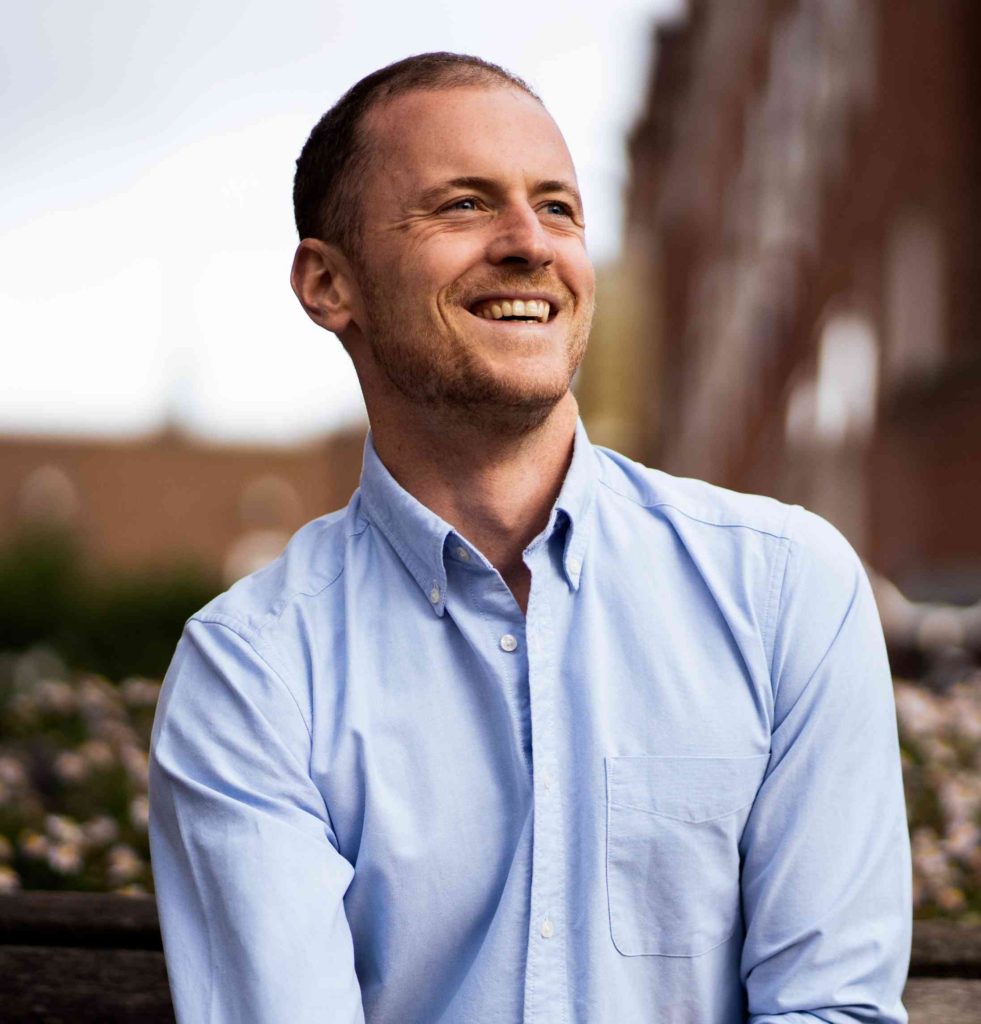A book that has greatly helped me discover an abundance of stories is Storyworthy by Matthew Dicks.
It’s a fantastic book with many valuable insights, but two specific exercises have been instrumental in helping me find hundreds of stories.
1. Storytelling Exercise: First, Best, Last, Worst
This exercise helps me recall stories I had long forgotten.
Start by taking a piece of paper and drawing five columns.
In the first column, label it “Prompt.” In the next columns, write “First,” “Last,” “Best,” and “Worst.”
Then, fill in the prompts.
Prompts can be anything that triggers a memory, such as: Gift, Travel, Job, Teacher, Book, Trouble, Car, Hobby, Injury, Pet, and Kiss.
For example, if the prompt is “gift,” I ask myself:
- What was my first gift? —> “Oh yes, that chainsaw I got when I was 3 years old.”
- What was my last gift? —> “That weighted blanket I received for my birthday to help with sleep.”
- What was my best gift? —> “Definitely that train ticket to Spain.”
- What was my worst gift? —> “A pepper mill my friends gave me for my 30th birthday. Seriously?”
At this stage, I just jot down one or two words to remind me of the story.
I repeat this process for each prompt.
Once I’ve completed several prompts, I review my entries and ask, “Do any of these memories stand out? Is there anything particularly entertaining, emotional, or interesting?”
If the answer is “Yes,” that’s a story worth exploring.
To save you time, I’ll include a template with my favorite prompts in the description.
“First, Last, Best, Worst” is a fun way to uncover stories from your past.
But there’s another exercise that helps you spot stories in the present—right when they occur.
2. Storytelling Exercise: Homework for Life
Homework for Life is an exercise designed to help you identify storyworthy moments every day.
Here’s how it works:
At the end of each day, ask yourself, “If I had to tell a story from today, what would it be?”
It doesn’t need to be a grand moment.
It can be an interesting conversation, a new realization, or even something that annoyed me.
Anything that touched me.
Once I identify that moment, I write down:
Example:
Today is August 6, and my storyworthy moment was “Feeling grateful after my 9km run through the park without knee pain.”
This is significant for me because I had to stop running for 7 years due to a knee injury.
That was my storyworthy moment.
What’s your storyworthy moment today?
Let me know in the comments. I’d love to hear about yours!
When I first started this exercise, my entries were quite mundane and vague.
One of my early entries was, “I really enjoyed the peanut butter sandwich today.”
But after a few weeks, I began to notice more and more meaningful moments.
Now, I have at least one super interesting moment each week that could turn into a great story.
If just 1 out of 7 moments per week is compelling, that’s 52 stories per year.
In 3 years, that’s 156 stories.
Isn’t that amazing?
To turn these moments into stories, I do some extra work.
I craft a story around each moment using the structure and techniques I’ve learned, then save it to my Story Bank.
A Story Bank is a central place where I capture, organize, and remember my stories.
What do I include in my Story Bank?
I keep it simple and track five things:
- Title
- Point of the Story
- Summary
- Use Case
- Rating
I prefer to save my stories in Notion for easy access while traveling.
But you can use any tool that works for you—Google Docs, Notion, or even a physical journal—as long as it’s convenient.
Here you’ll find a template for my Story Bank so you don’t have to spend an hour creating one yourself.
I started my Story Bank about four years ago, and I keep adding new stories as I discover them.
It takes a few minutes to capture each story, but it’s worth it.
I know I’ll be able to use these stories for years to come.
By using the structure we discussed, incorporating the techniques you’ve learned, and saving your stories to a Story Bank, you’ll be a better storyteller than 80% of people.
To reach the top 1% of storytellers, there are two more steps you need to take.

